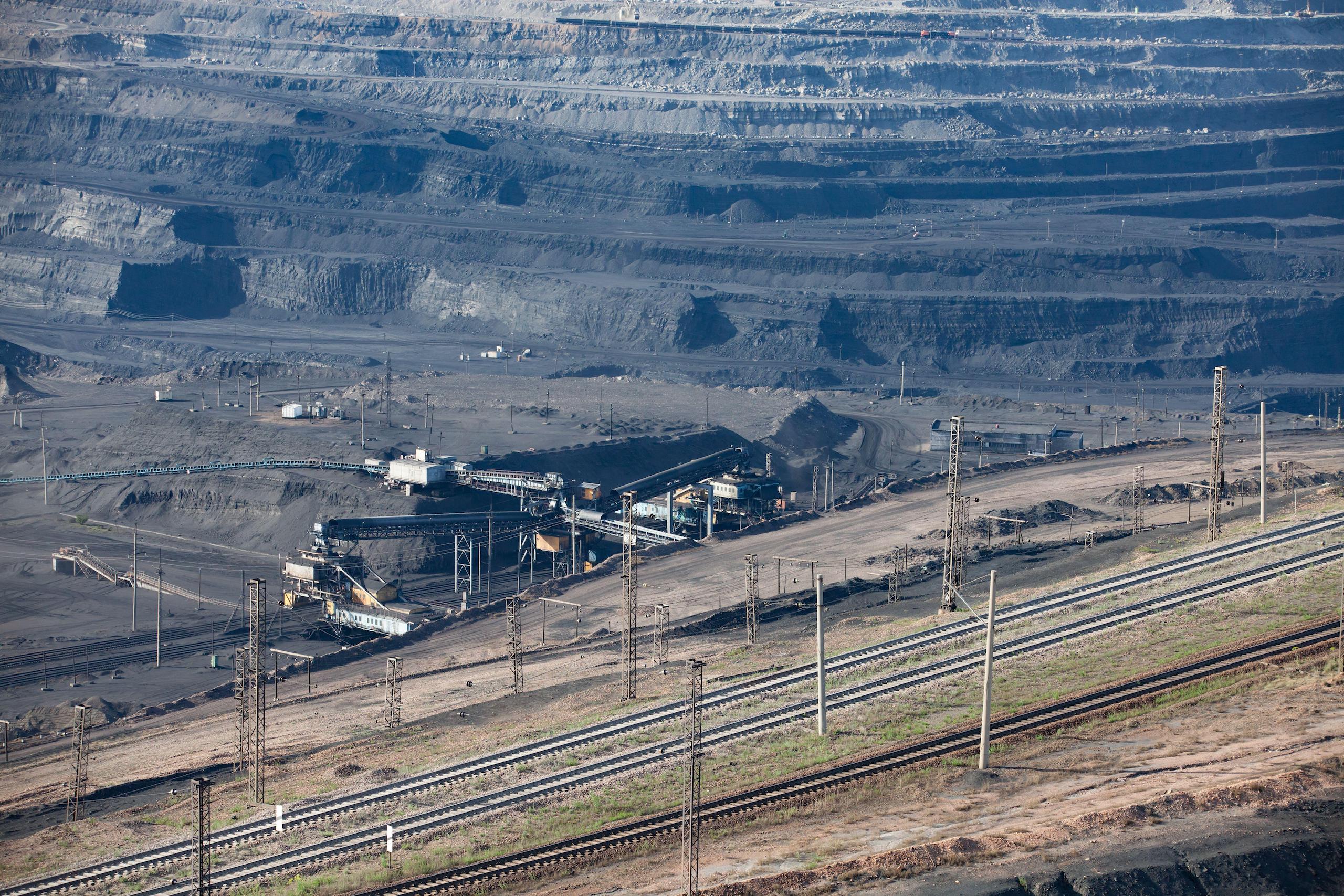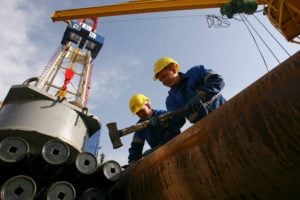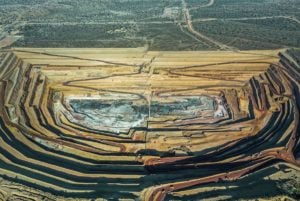Kazakhstan is one of the only countries in the world still proposing new coal-fired power plants. This is despite having committed to reducing carbon emissions and expanding renewable energy in its ambitious Carbon Neutrality Strategy – approved just five months ago with the support of multilateral banks. The strategy made no mention of new coal plants.
If Kazakhstan commits to building carbon-intensive infrastructure, it risks locking itself into a fuel that may hamper its development and expose it to economic and climate risks, not to mention facing reputational damage within the climate-focused investment and international community.
In late 2022 and early this year, Kazakhstan announced plans to build four new coal-fired power projects with a total generating capacity of 3.7 gigawatts (GW). The two largest projects are planned in Ekibastuz, a major coal mining centre in north-eastern Kazakhstan: a 1.9 GW expansion of the existing Ekibastuz-2 power station, and the proposed Ekibastuz-3 power station, a new 1.2 GW greenfield development. If built, the new coal power projects would represent over 25% of the country’s total coal-fired fleet capacity, according to Global Energy Monitor data.
The plans for new coal projects clash with Kazakhstan’s Carbon Neutrality Strategy, which sets a net-zero carbon goal of 2060 and identifies key technological transformations needed for decarbonisation. Within the power sector, the strategy emphasises reducing the share of coal generation while increasing that of renewables, using gas as a ‘transition’ fuel.
Aging infrastructure, increased demand
Today, Kazakhstan’s power sector is plagued by worn-out infrastructure in both thermal power stations and the grid, which has resulted in numerous failures and supply interruptions in recent years.
Historically, Kazakhstan has relied heavily on coal for power generation, given its abundant reserves and developed coal infrastructure. Last year, coal accounted for as much as 67% of the country’s power generation, followed by gas at 21.5%, hydropower at 7.3%, and other renewables at 4.5%.
But Kazakhstan’s coal fleet is older than the global average. A coal power plant is typically designed to operate for 40 years, but many of the country’s still-operating coal plants were built more than 40 years ago. Operating a coal fleet which is reaching the end of its useful life comes with substantial performance and cost risks. Kazakhstan’s coal plant age profile is similar to that of South Africa, a country facing a constant stream of unit breakdowns.
A technical audit of Kazakhstan’s thermal power stations conducted earlier this year revealed an average degree of wear-and-tear of 66%. Without well-executed operation and maintenance procedures and significant investment, wear-and-tear at power stations results in inefficient and interrupted energy supply. Some of Kazakhstan’s coal plants have depreciated by 80% and are in dire technical condition. Since many facilities in Kazakhstan are combined heat and power plants (CHPs), which also provide heating to the residential sector, power plant failures leave some residents without heat in their homes during Kazakhstan’s harsh winters.
One reason behind a lack of funding for necessary repairs at Kazakhstan’s aging power stations is insufficient energy tariffs. The government has tightly regulated tariffs, and has not allowed rises in order to prevent the population falling into energy poverty.
Kazakhstan must now also gear up for an anticipated surge in demand for electricity, which is expected to rise in tandem with economic growth and electrification. The country’s planned first nuclear power plant is one response to this need – but with nuclear plants taking up to 10 years to construct, it will not address the imminent problem. Meanwhile, domestic coal remains widely available, and Kazakhstan is taking advantage of sanctions on Russian coal stemming from its war in Ukraine to increase its coal exports to other markets. Kazakhstan’s largest coal mine, Bogatyr, is ramping up production from 33 to 40 million tonnes per annum, and thermal coal producer Shubarkol Komir has also announced expansion plans.
But it is difficult to see how Kazakhstan’s net-zero goal can be reached if coal remains such a significant part of the economy.

A risky long-term strategy
If built, new coal power capacity will perpetuate Kazakhstan’s dependence on coal and will make meeting the country’s climate commitments more complicated and costly. According to the International Energy Agency (IEA), reducing emissions from the coal power sector in line with the 1.5C Paris Agreement goal will require no new development of unabated coal plants (those without carbon capture technology).
Another concern is the emphasis in Kazakhstan’s Carbon Neutrality Strategy on gas as a ‘transition’ fuel. The stated intent is to use gas to “bridge” the decommissioning of coal-fired plants with an expected future ramp-up of renewable capacity. But this is a risky strategy, as it commits the country to fossil fuel infrastructure and locking in assets that will become uneconomical. The IEA has also said that no new oil and gas investments should be sanctioned if the world is to reach its 2050 climate goals.
The pace of Kazakhstan’s gasification has been slow thus far. In the Almaty region, which already benefits from existing gas infrastructure, construction of new gas-fired units is underway to replace coal at the Almaty-2 and Almaty-3 power plants. But the story is different in the central and north-eastern regions of Kazakhstan. Although construction of the domestic Saryarka gas pipeline connecting gas-rich western Kazakhstan to the capital Nur-Sultan was completed in 2019, the building of gas distribution infrastructure has lagged behind. Last year, a growth in domestic demand also saw a shortage of gas for domestic needs, and exports had to be restricted.
According to Global Energy Monitor’s data, conversion to gas is stalling at Kazakhstan’s large coal-fired plants, like the 743 MW Toparskaya GRES and the 670 MW Karaganda CHP-3. As an alternative to using domestic gas, Kazakhstan has been in active discussions with Russia to build a gas pipeline from Russia to China that will go through north-eastern Kazakhstan.
A green future is still possible
Kazakhstan’s Carbon Neutrality Strategy may not be perfect – it lays out no concrete plan for decommissioning existing coal plants, and says only that a vision will be developed for retiring coal units that have been in operation for more than 30 years. It also only foresees a reduction of emissions by 2030, which delays the critical decisions and capital investments needed in the next seven years. Nonetheless, the intent to reduce the country’s emissions through clean energy infrastructure is clear.
Building new coal power plants will eventually translate into significantly higher socio-economic and environmental costs
As with other emerging economies that face a similar dilemma, the best way for Kazakhstan to overcome the challenges of its aging infrastructure and competing geopolitical pressures is to accelerate investment in clean power generation. This is costly, but costs are comparable to new coal infrastructure, and come without future risks to the economy and the environment.
Kazakhstan’s power overhaul must involve investments in energy storage, smart grids, and transmission infrastructure, as in industrial and residential energy efficiency. Such investments can lead to further economic growth and stimulate broader participation of local industries in the economy. In contrast, building new coal power plants will eventually translate into significantly higher socio-economic and environmental costs. It would be a missed opportunity to decarbonise the country’s energy infrastructure.
The Center for Introduction of New Environmentally Safe Technologies contributed to this article.








